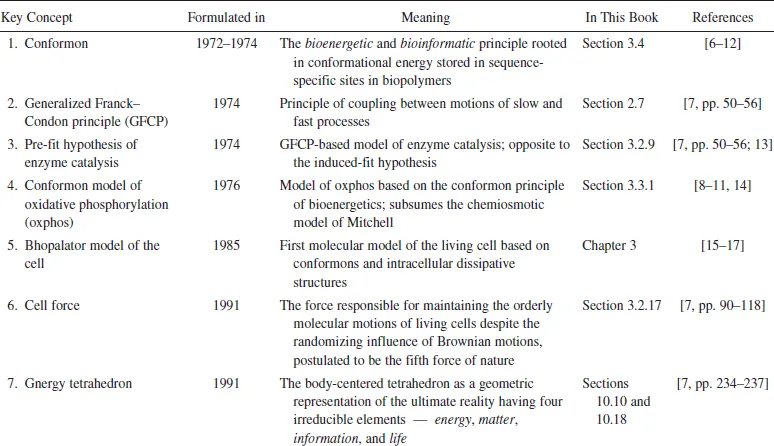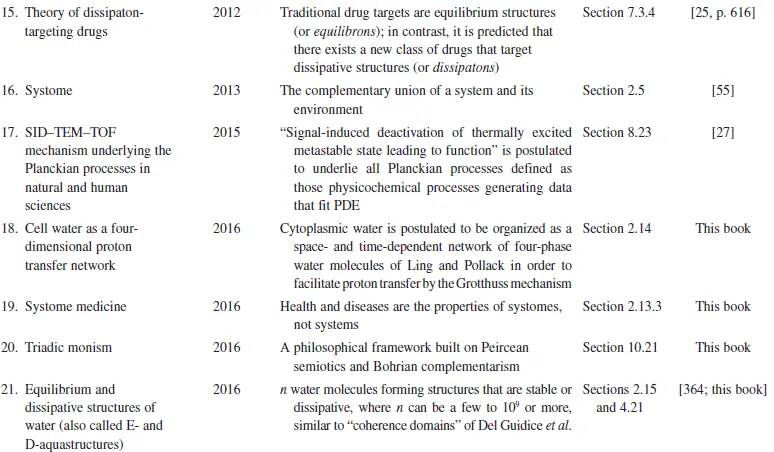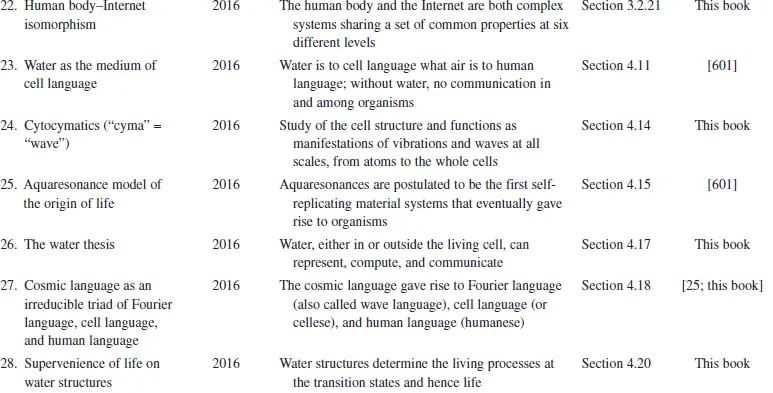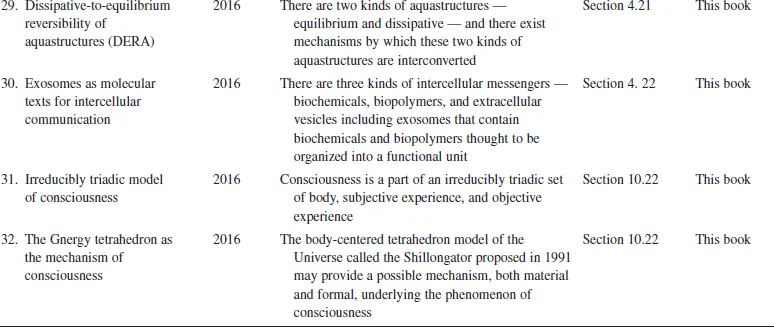
The Cell Language Theory
Connecting Mind and Matter
Sungchul Ji
- 612 Seiten
- English
- ePUB (handyfreundlich)
- Über iOS und Android verfügbar
The Cell Language Theory
Connecting Mind and Matter
Sungchul Ji
Über dieses Buch
-->
This book represents the results of 45 years of research on a wide range of topics, including atomic physics, single-molecule enzymology, whole-cell metabolism, physiology, pharmacology, linguistics, semiotics, and cosmology. It describes the first comprehensive molecular theory of the genotype-phenotype coupling based on two key theoretical concepts: (i) the conformon, the conformational wave packet in biopolymers carrying both the free energy and genetic information; and (ii) the intracellular dissipative structures, the chemical concentration waves inside the cell that serve as the immediate drivers of all cell functions. Conformons provide the driving forces for all molecular machines in the cell, and intracellular dissipative structures coordinate intra- and intercellular processes such as gene expression and cell-cell communications.
One of the predictions made by the cell language theory (CLT) is that there are two forms of genetic information — the Watson–Crick genes transmitting information in time (identified with DNA), and the Prigoginian genes transmitting information in space (identified with RNA expression profiles). The former is analogous to sheet music or written language and the latter is akin to audio music or spoken language, both being coupled by conformons acting as the analog of the pianist. The new theory of DNA structure and function constructed on the basis of CLT can rationally account for most of the puzzling findings recently unearthed by the ENCODE (Encyclopedia of DNA Elements) project.
The Cell Language Theory has important applications in biomedical sciences including drug discovery research and personalized medicine on the one hand and in the mind-body research and consciousness studies on the other.
--> Contents:
- Preface
- About the Author
- Acknowledgements
- Introduction
- Key Terms and Concepts
- The Bhopalator
- Cell Language
- Matrix Mathematics of Genetics
- Biosemiotics
- Applications of the Cell Language Theory to Biomedical Sciences
- The Universality of the Planckian Distribution Equation
- The Universality of the Irreducible Triadic Relation
- The Philosophical Implications of the Cell Language Theory
- Conclusions
- References
- Appendices
- Index
-->
--> Readership: Students, researchers and practitioners of the biomedical sciences and mind-body research and consciousness studies -->
Keywords:Conformons;Cell Language Theory;Intracellular Dissipative Structures;Watson–Crick Gene;Prigoginian GeneReview:0
Häufig gestellte Fragen
Information
1.1 A Chronological List of the Theoretical Concepts Discussed in this Book





1.2 Three Stages of Development of Human Knowledge
1.3 Gaylord’s Distinction Between Physics and Biology

| Discipline | Laws, Principles and Concepts |
| Physics | |
| Newtonian mechanics | 1. Mechanical energy |
| Thermodynamics | 2. Free energy |
| 3. Entropy | |
| 4. Dissipative structures | |
| Statistical mechanics | 5. Thermal fluctuations |
| Quantum mechanics | 6. Quantum of action |
| 7. Franck–Condon principle | |
| 8. Strong f... | |